Contemporary artist Shivanjani Lal thinks of her practice as a series of stories shaped by time and her own research.
Often, the work I make is for audiences that may not even see the work physically, like family members, so I make sure the works have names that can be recognised by them.
Contemporary artist Shivanjani Lal
Featured image: Installation view: Suuruu. Contemporary artist Shivanjani Lal.

Installation view: Like This Incense Your Spirit Must Burn, with video works: Kala Pani. Contemporary artist Shivanjani Lal.
How do you describe yourself in the context of challenging people’s perspectives via your work and art?
Recently I’ve been thinking of my practice as a series of stories. Stories I’ve had access to, stories I’ve been told and stories I have had to find. I like the idea that listening or witnessing a story requires agency by both the storyteller and the person listening to it. At the moment I am looking at my own personal history in the context of the larger socio-political history of the Indian and Pacific oceans. I think a narrative makes the work more easily accessible to audiences.
How do you deal with the conceptual difficulty and uncertainty of creating new work?
I try and give myself time. I think it is important to sit with an idea and sometimes I will live with an idea in my head for quite some time (perhaps years) before actualising it. I’ll share pieces of the process with people I trust, but ultimately I think there are many reasons to make and share work, and sometimes I share work knowing that its not ready. However, I try and remember there is always another opportunity to remake or repair it in some way, as long as I keep trying.

Yaad Karo. Contemporary artist Shivanjani Lal. Detail view courtesy UNSW Galleries. Photography by Zan Wimberley.
Let’s talk about the evolution of your practice over the years. Tell us about your commitment to your current medium.
My current practice has been shaped by time and research abroad as well as within Australia. Between 2017-18 I was based in Mumbai, and still value that time, and the relationships I built during this period have lead me to where I am today. I have spent a lot of time developing relationships with artists and have tried to return to the places I am from, both in the Pacific and South Asia in an effort to understand my relationship to these sites and places. As well as to situate my work within a global context. I am committed to making but I am also committed to my community and spend time reaching out to other artists and trying to either curate or generate opportunities for us as a whole. I think art can have a tendency to isolate, and I am more interested in how it connects.
How does your audience interact and react to the work you put out into the world? What are you looking for when you look at other artists’ work? Which shows, performances and experiences have shaped your own creative process? Who are your maestros?
I try not to dwell too hard on an audience reactions. Often, the work I make is for audiences that may not even see the work physically, like family members, so I make sure the works have names that can be recognised by them. I am inspired by many different people and ideas, I love the work of Quishile Charan and Manisha Anjali. Quishile works with textiles and the crafts she learns from family members, to share Girmit histories, rewriting this history from a feminist perspective. Manisha Anjali is an incredible poet/maker whose writing I just feel in my bones. Salote Tawale whose continuous experimentation including some really amazing recent paintings are exciting to see. I also get inspired by exhibitions such as the Kochi Muziris Biennale and the Kathmandu Triennale – places that I hope to one day show my work.
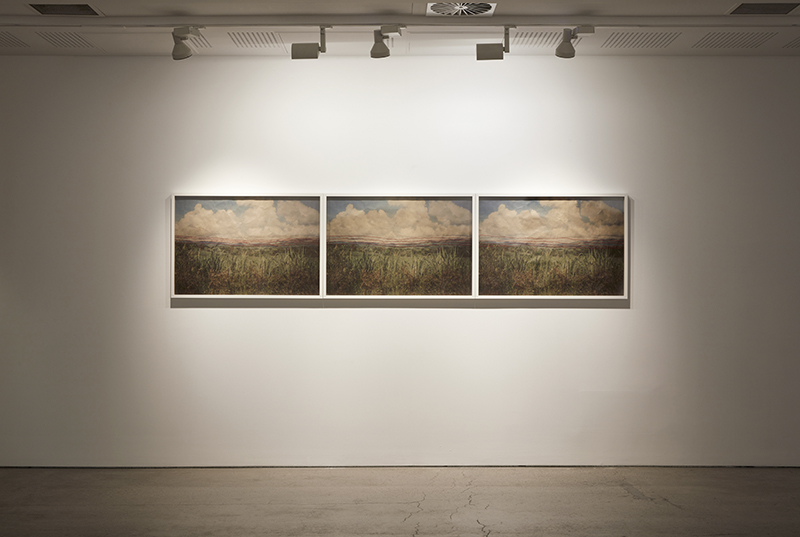
4 Lines Across A Horizon. Contemporary artist Shivanjani Lal. Exhibition view courtesy UNSW Galleries. Photography by Zan Wimberley.
How do you balance the contradicting motivations: commercial v/s creative? How does your interaction with a curator, gallery or client evolve from the initial interface, to the working-involvement-relationship?
I am not represented commercially so I don’t have an understanding of the relationship between a commercial gallery and their clients. I am very lucky that I have different avenues here in Australia that allow me to show and develop as an artist. I value interactions with curators and galleries, but ultimately because my work is deeply personal, I try and listen to my inner voice the most when developing and sharing the work. I understand that I am sharing histories that haven’t been shared in these contexts before and that I might be the first artist from this community to do so, because of this I am mindful that there needs to be some flexibility. It helps that I have strong sense of the work, I also hope that people can meet me in this process with kindness and generosity.
What was your first sale? Do you handle the commercials yourself or is it outsourced to a gallery/agent
My first sale was not through a commercial gallery but with an important Australian collecting agency Artbank. They approached me and I handled the deal myself. It was a wonderful experience and I am really grateful to be in their collection.

Palwaar. Contemporary artist Shivanjani Lal. Installation view: Create NSW Visual Arts Emerging Fellowship 2019. Image by Zan Wimberley.
Think of the biggest professional risk you’ve taken. What helped you take that risk?
I think the biggest professional risk I took was to move to India for 15 months. I knew that time away was what I needed, just to regroup but also to find a new group of artists whose history aligned more with my own. The reason I took the risk was because I wasn’t tethered to staying in Australia, and felt almost like it was now or never. I was able to maintain a connection with Australia through exhibitions by returning twice while I was away. I am glad I took the risk as it enabled me to rethink what I valued and it also made me ask critical questions of the work I was making.
What is the best piece of advice you’ve received? Why was it helpful?
I find I am often giving advice rather than receiving it, I’m not sure why, but I kind of live by: all you can do is try. AKA its ok to make mistakes. I think perfect is an unattainable goal but in the act of making there are many possibilities and it is exciting to see them out, even if they don’t work out now, they may in the future.
Tell us about your studio, what kind of place is it? Could you describe your usual work day in the studio?
My studio can be really agile and compact consisting of red thread, haldi (turmeric), brown paper, photographs and a camera. This is usually when I am travelling, right now I have a space at Parramatta Artists Studios so the set up comprises an extra long desk, I am working on a photo series of stitched landscapes on one side and the other side of the desk is where I put my laptop and write, it has books and currently polaroids that I took in Bangladesh. I like having a large space in the middle to lay things out on the ground before putting them up on the wall. I have a black and white portrait of my Nanni that is always on the wall which means that whenever this is up it is my studio, its close to my laptop and feels like she’s looking over me when I write.
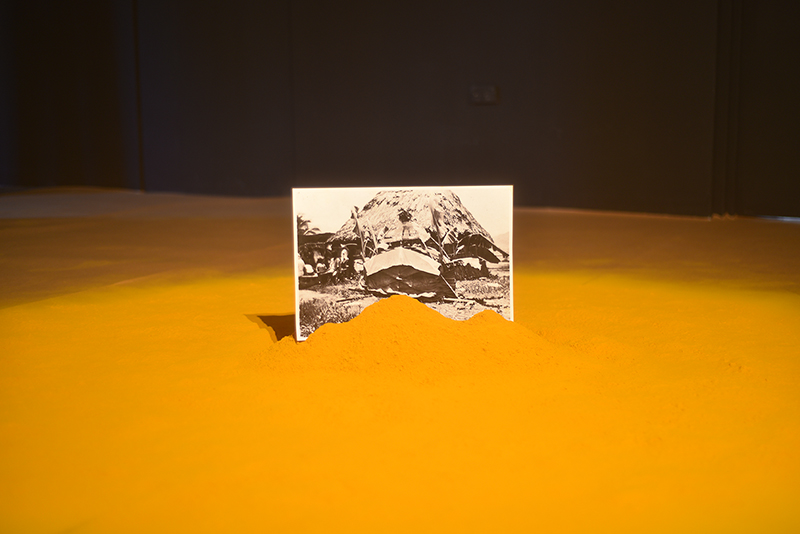
Installation view: Suuruu. Contemporary artist Shivanjani Lal.
Are you more of a studio artist or naturally collaborative by nature? How do you feel about commissions?
I guess it really depends on the work I am doing, some of my work is just for me and my family and often it is about working with family photos and images I have collected on my travels. Some of my work is about fostering relationships with community, I’m in the middle of curating an exhibition of Fijian artists and I love building the relationships that enable our community to come to the fore. I also just love working with the South Asian Arts community. I will shortly be collaborating with Amol K Patil we are making a video performance work that is looking at distance and gesture. I think each of these collaborations are built around long term relationships, I have had a bad experience in collaboration before and now I really need to know a person and what their values are before I commit to making a work with a person, also its important that people get re-numerated for their time and energy, so that also takes time to build towards.
What are you working on now? What’s coming next season?
I have just released a new work online called Baaro which can be seen here. Parramatta Artists Studio’s will be releasing ‘Looking West, Looking North, Looking East, Looking South’, the collaborative work with Amol K Patil and Niccolò Moscatelli in June and I am doing a series of video works that will also go live in June for Blindside Gallery in Melbourne, after that it gets a little hazy.
For enquiries contact: arti_shivanjani [dot] yahoo [dot] co [dot] uk
Before you go – you might like to browse our Artist Interviews. Interviews of artists and outliers on how to be an artist. Contemporary artists on the source of their creative inspiration.






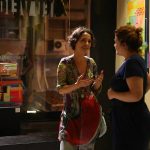

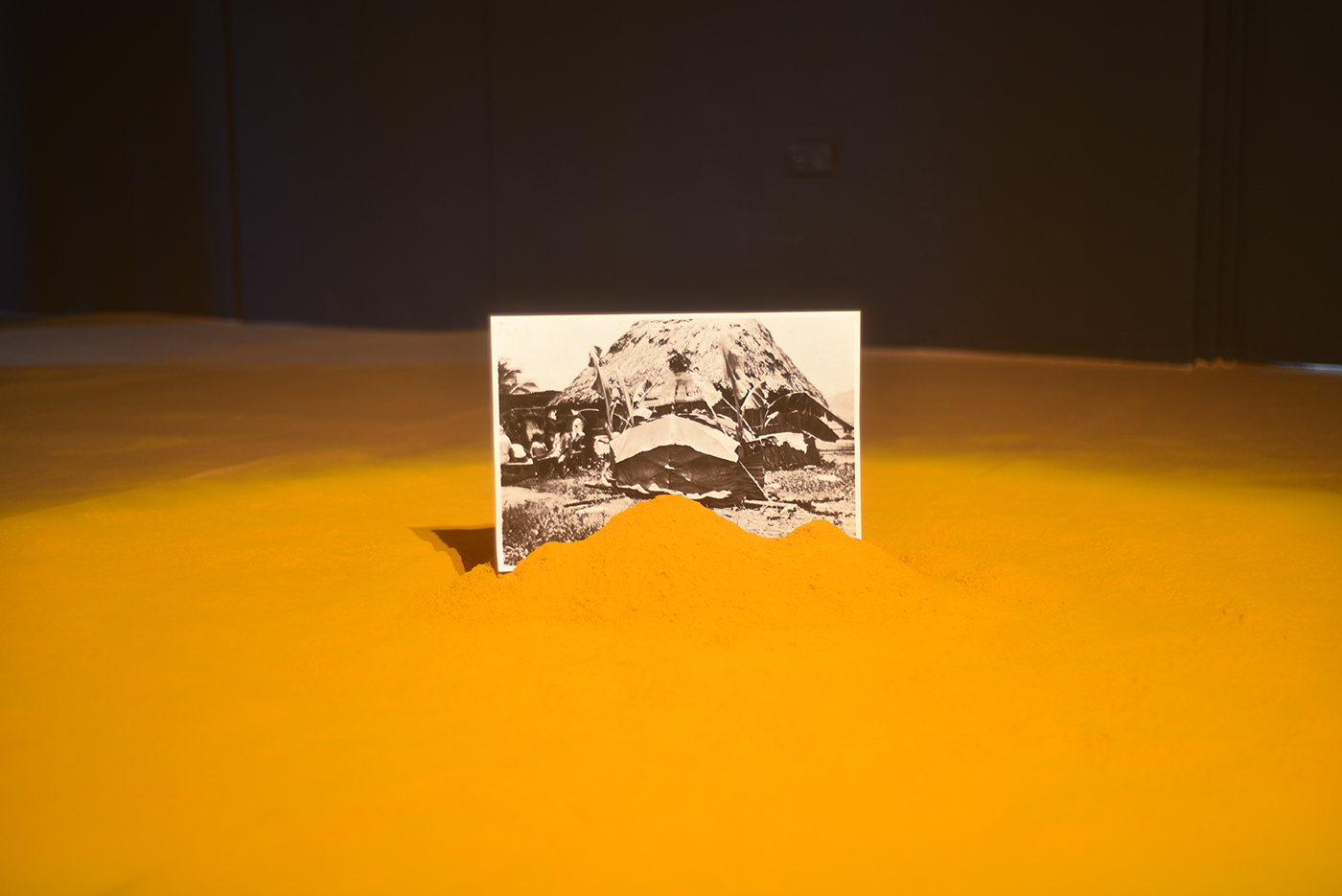

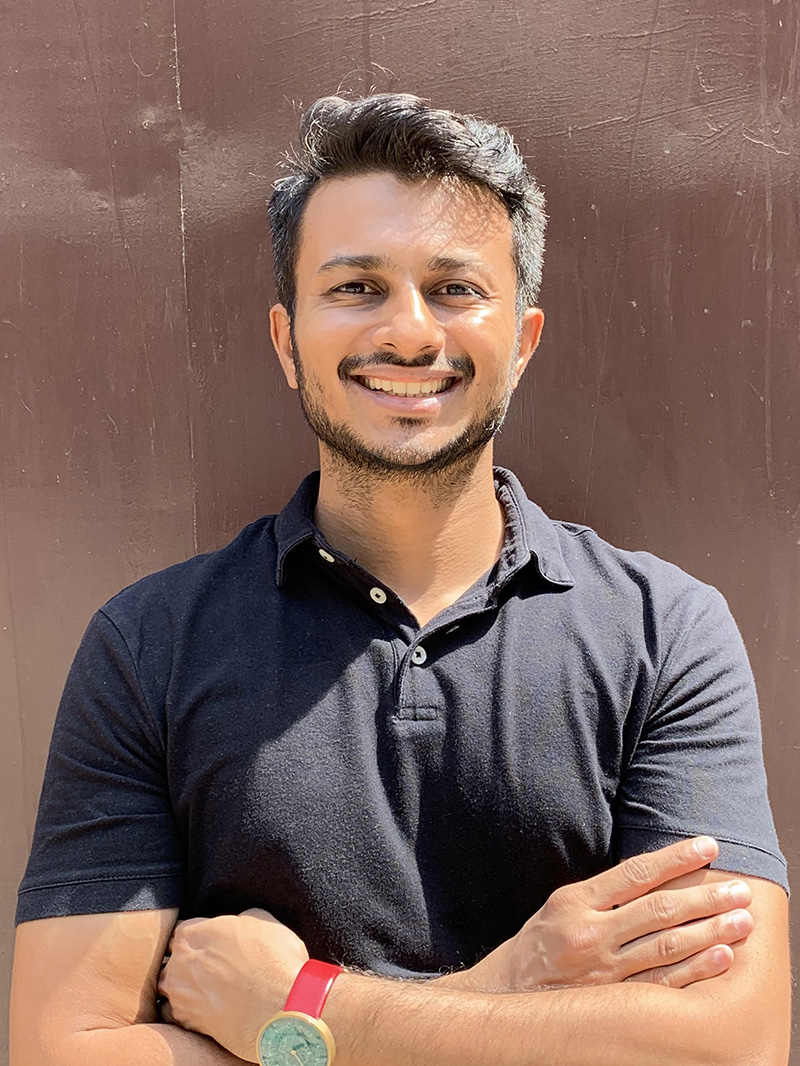

Add Comment